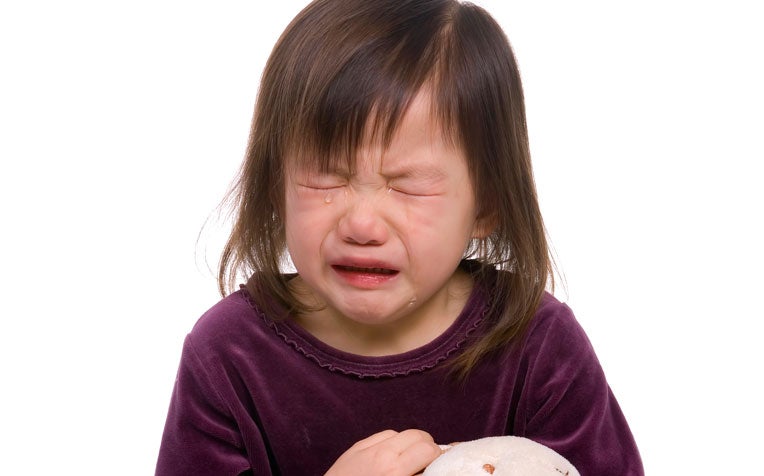
Epilepsy is when a child has repeated seizures without an immediate cause.
Epilepsy, a neurological disorder characterised by recurrent seizures (fits), can begin at any age. In fact, this disorder is most common in children under five years of age.
What exactly happens during a seizure?
Seizures take place when brain cells simultaneously send out an electrical charge, causing an abnormal surge of electrical activity that overwhelms the brain. A seizure can cause muscle spasms, strange behaviour and even a loss of consciousness. When a child has repeated seizures without an immediate cause, he/she has epilepsy.
“Epilepsy is diagnosed based on history and clinical examination, with supporting investigations. For instance the seizure usually must have occurred more than once. A series of tests can be performed; however, no single test can diagnose epilepsy by itself,” says Clinical Associate Professor Derrick Chan, Head and Senior Consultant, Paediatric Neurology Service, KK Women’s and Children’s Hospital (KKH), a member of the SingHealth group.
Causes of epilepsy in children
Some types of epilepsy have no identifiable cause and are called idiopathic epilepsy. Epilepsy with a known cause is called symptomatic epilepsy. The causes of symptomatic epilepsy can include:
- Brain damage due to a loss of oxygen or trauma during birth, low birth weight, etc.
- Congenital brain abnormalities or underlying genetic defect
- An infection of the brain such as meningitis or encephalitis
- Injury to the child’s head
- A brain tumour
Different types of seizures in children
Seizures can vary from brief lapses of attention or muscle jerks, to severe and prolonged convulsions (involuntary shaking). They can also vary in frequency, from less than one per year to many times per day. They can be accompanied by a loss of consciousness and lack of bowel and bladder control.
Seizures in children are not always easy to recognise since they can be subtle and can be confused with normal behaviour. One example is an absence seizure in which the child may have a brief staring spell which can be confused with daydreaming. These kinds of seizures, common in childhood absence epilepsy, can go unnoticed and therefore undiagnosed, for years.
Some staring spells in children may be genuinely due to daydreaming and are completely harmless. But if the child is in the middle of speaking or performing a task and suddenly stops and stares, is unresponsive for tens of seconds and cannot recall anything, it could be due to an absence seizure.
There are also seizures, known as simple or complex partial seizures, during which the child may have no control over his or her actions, may involve bizarre movements, may be semi-conscious or dazed and can be frightening for the observers. While this seizure may look painful, it does not usually cause pain in itself. However, the child may get hurt after falling to the ground or hitting an object during the seizure. When caring for a child having a seizure, it is important to ensure their surroundings are safe.
Caring for a child during a seizure
During a simple or complex partial seizure, the child should be placed facing the side (recovery position) and no objects should be put into his/her mouth. Forcing spoons, sticks or fingers into the mouth of a child during a seizure can break teeth or injure his/her mouth. Saliva should be wiped away from the outside of the mouth. The seizure should be timed and medical help sought if the seizure lasts more than 5 minutes and is not stopping.
A seizure doesn’t always mean a child has epilepsy. Fever, blow to the head or an illness can also cause a seizure. In these children, once the cause of the seizure is removed, the child usually does not need medication to prevent seizures from occurring again.
Ref: S13
Contributed by


















 Get it on Google Play
Get it on Google Play